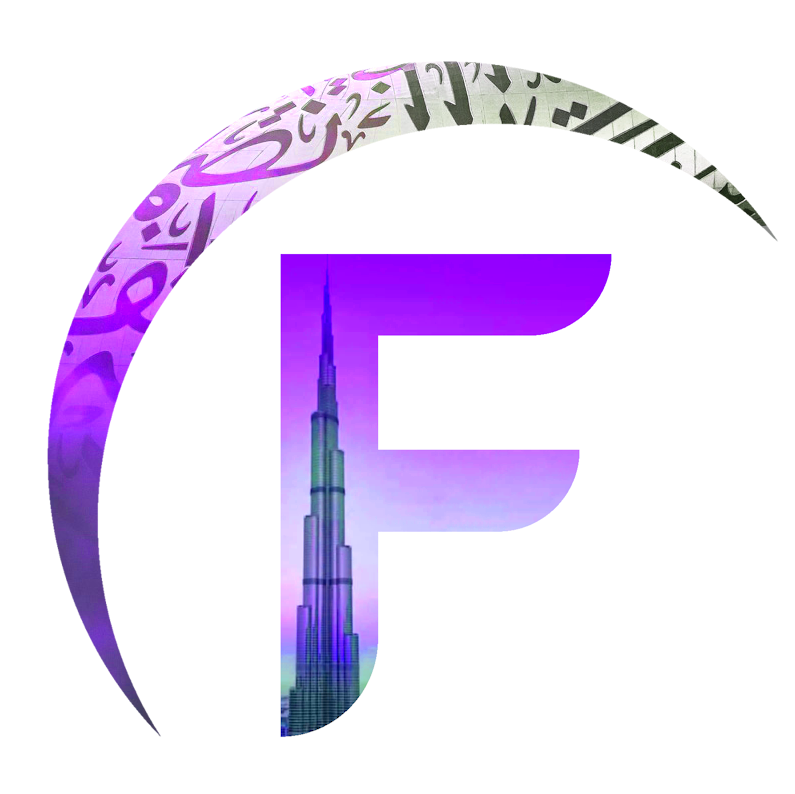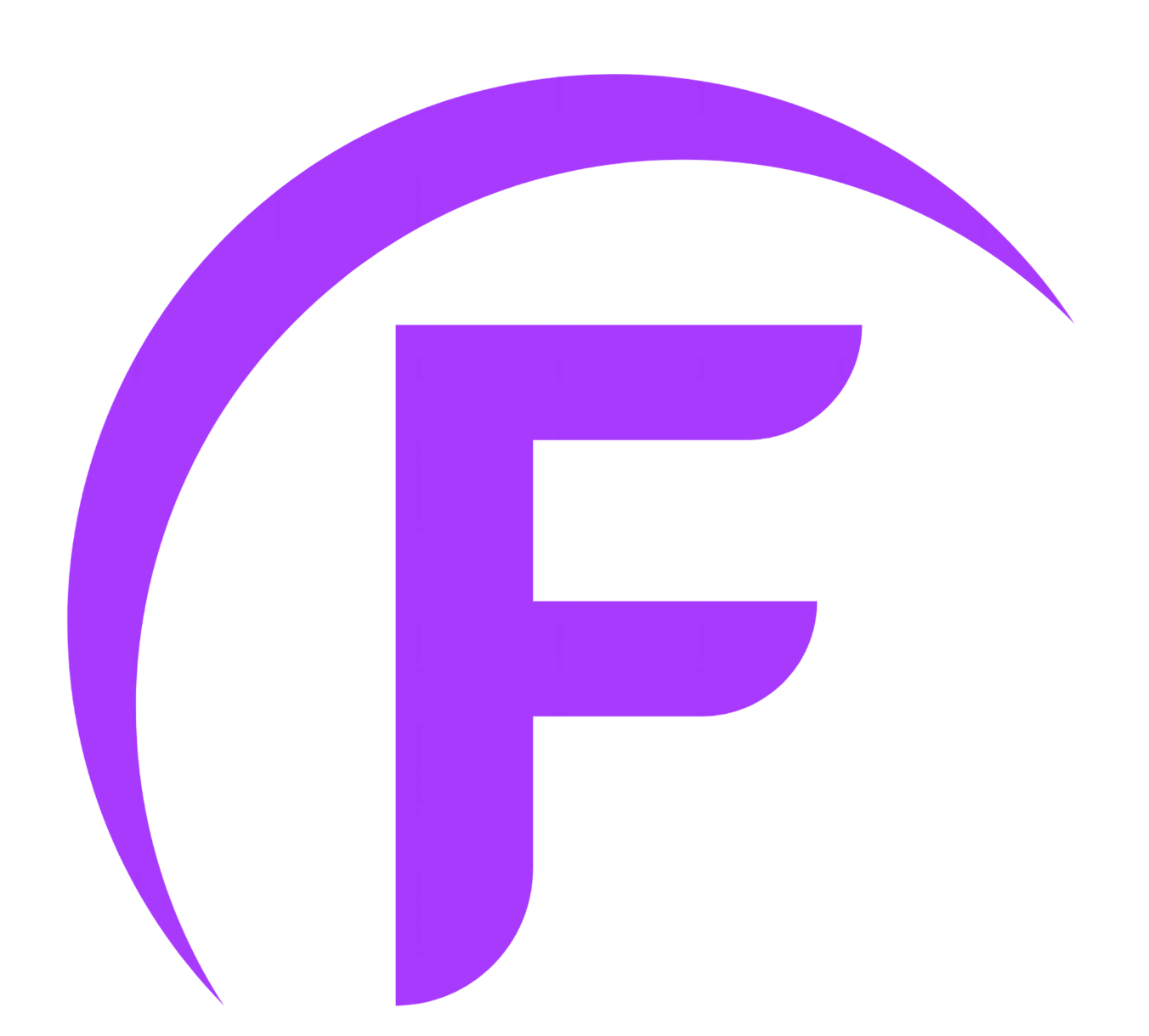Stepping into the mesmerizing world of Arabic calligraphy, where lines dance with meaning and strokes tell ancient tales, is a truly enriching experience that transcends mere writing. In the United Arab Emirates, this beautiful art form, deeply rooted in Islamic heritage, is not just preserved but celebrated through numerous workshops and cultural centers, inviting you to connect with centuries of artistic tradition.
The Profound Beauty of Arabic Calligraphy
Arabic calligraphy is far more than just penmanship; it is a revered art form, often considered the most sacred of Islamic arts due to its connection with transcribing the Quran. Each stroke, each curve, and each dot is imbued with intention, balance, and a profound sense of aesthetics. Learning calligraphy isn’t just about mastering a script; it’s a meditative journey that cultivates patience, precision, and an appreciation for intricate design. Different styles, such as Naskh, Thuluth, Diwani, Kufic, and Ruqaa, each have their own unique characteristics and historical significance, offering a vast landscape for artistic exploration. The act of forming the letters with a traditional qalam (reed pen) and ink can be incredibly therapeutic, allowing you to slow down and immerse yourself in a truly timeless craft. This art form consistently evokes a sense of deep respect and admiration from those who encounter it.
Dubai: Calligraphy Hubs and Cultural Centers
Dubai offers a vibrant array of venues where you can embark on your Arabic calligraphy journey. The Dubai International Art Centre (DIAC) in Jumeirah is a well-established artistic hub known for promoting art education. They regularly host Arabic calligraphy workshops that cover the fundamentals, including letter construction, stroke balance, and an introduction to various script variations. These courses cater to all levels, from curious beginners eager to learn the basics to more aspiring artists looking to refine their technique. DIAC provides a nurturing environment with experienced instructors.
The Workshop Dubai also frequently offers Arabic calligraphy master classes, focusing on specific styles like the Thuluth Script. These workshops often delve into traditional Turkish rules for calligraphy using bamboo qalam and ink, allowing participants to practice all 29 letters on proper calligraphy sheets. For those interested in contemporary interpretations, Alserkal Avenue in Al Quoz, a renowned arts district, occasionally features calligraphy-focused residencies and events. These sessions often attract local and international artists who explore modern mediums, such as digital projection and typography design, showcasing the evolving nature of this ancient art.
Tashkeel, located in Nad Al Sheba, stands out as a space where Arabic calligraphy intersects with graphic design. Their courses extend beyond traditional script practice, incorporating lessons in type design, font creation, and visual storytelling using Arabic letters. Additionally, the Al Jalila Cultural Centre for Children, under the patronage of the Dubai Culture and Arts Authority, frequently runs Arabic calligraphy workshops, especially during heritage festivals and cultural weeks, making the art accessible to younger generations. The approximate cost for a single calligraphy workshop in Dubai can range from AED 140 to AED 890, depending on the duration, materials included, and the instructor’s expertise.
Abu Dhabi: Preserving the Art in the Capital
Abu Dhabi, the capital city, is deeply committed to preserving and promoting Arabic calligraphy, offering several prestigious institutions for learning. The Cultural Foundation in Abu Dhabi is a cornerstone of the arts scene, and within it, Bait Al Khatt (House of Calligraphy) is a dedicated space for traditional Arabic calligraphy. Led by renowned artist and calligrapher Mohammed Mandi, Bait Al Khatt offers an ongoing program of beginner, intermediate, and master classes. These classes take both a theoretical and practical approach, aiming to enhance the development of Arabic calligraphy within the UAE, catering to residents and tourists alike.
Khawla Art and Culture, founded by Her Highness Sheikha Khawla Bint Ahmed Bin Khalifa Al Suwaidi, also plays a significant role in promoting Arabic calligraphy through exhibitions, seminars, and academic-level programs. They offer occasional courses for the public, ranging from beginner introductions to advanced script composition, often with renowned calligraphers. You might find classes focusing on specific fonts like Ruqaa or Naskh. Platforms like Skilldeer also list various online and in-person calligraphy classes in Abu Dhabi, allowing you to find private instruction or group sessions tailored to your needs and schedule, some starting from around AED 140 for private online sessions.

Sharjah: The Heart of Islamic Arts
Sharjah, proudly known as the cultural capital of the UAE and the Islamic World, boasts a profound dedication to Arabic calligraphy. The Sharjah Centre for the Art of Arabic Calligraphy and Ornamentation is arguably the most prestigious and dedicated institution in the region for this art form. It offers specialized courses on various styles of Arabic calligraphy, including Naskh, Thuluth, Diwani, and Kufic, taught by highly respected calligraphers. Their programs cater to a full spectrum of skill levels, from complete novices to advanced practitioners looking to deepen their expertise.
The Sharjah Calligraphy Museum, nestled in the Heart of Sharjah district, is not just a repository of masterpieces but also a dynamic venue for learning. The museum frequently organizes workshops and training sessions for the public, covering essential skills and sometimes delving into more advanced techniques. These workshops offer a hands-on experience and often include insightful discussions into the history and evolution of various Arabic scripts. The Sharjah Art Foundation (SAF), known for its contemporary art exhibitions, and the House of Wisdom, Sharjah’s modern cultural landmark, also occasionally feature Arabic calligraphy workshops as part of their broader educational or event programming. The Sharjah Calligraphy Biennial, held periodically, is a major international event that showcases the art and offers accompanying workshops, seminars, and performances.
Across the Northern Emirates: Expanding Horizons
While the larger cities are primary centers, the interest in Arabic calligraphy extends to other emirates as well. In Fujairah, the School of Calligraphy and Ornamentation (socofujairah.ae) is a notable specialized art school under the patronage of His Highness Sheikh Mohammed Bin Hamad Alsharqi. This institution is dedicated to the traditional arts of the book, including calligraphy, ornamentation, gilding, and miniature painting. They offer both short and long-term courses, in-person and online, on various calligraphy styles like Andalusian Kufic Script and Andalusian Thuluth Calligraphy. Their team includes experienced calligraphers, some of whom have worked on significant projects like the writing of the Holy Mosque of Mecca.
In Ajman, you can find options through educational centers like Future Minds or Brilliant Minds Centre, which offer “Calligraphy & Handwriting” courses. While these might be more focused on general handwriting improvement, they can provide a foundational understanding. Similarly, in Ras Al Khaimah, while dedicated calligraphy-specific centers might be less prevalent, you might find private tutors or art teachers offering specialized lessons. Websites like MyPrivateTutor UAE can help connect you with individual instructors in these emirates who can provide personalized Arabic calligraphy lessons, often catering to various skill levels and offering flexible schedules. It’s always a good idea to inquire directly about their focus on traditional Arabic calligraphy.
Practical Tips for Your Calligraphy Journey
When embarking on your Arabic calligraphy journey in the UAE, we recommend a few practical tips. Firstly, don’t be intimidated by the perceived complexity; most workshops are designed for beginners and will gently guide you through the initial steps. Secondly, invest in a good quality qalam (reed pen) and appropriate ink once you decide to commit to the practice, as good tools can significantly enhance your learning experience. Thirdly, embrace the patience required; mastery in calligraphy comes with consistent practice and a meditative approach.
Many studios offer materials as part of their course fees, but confirm this beforehand. It’s also beneficial to attend exhibitions and events focused on Arabic calligraphy, such as those often hosted by the Sharjah Calligraphy Museum or during the Dubai Calligraphy Biennale. Observing master calligraphers at work can be incredibly inspiring and offer deeper insights into the art form. The www.few.ae team believes that immersing yourself in Arabic calligraphy in the UAE is not just learning a skill, but connecting with a profound cultural heritage that offers both artistic expression and serene introspection.


 then "Add to Home Screen"
then "Add to Home Screen"